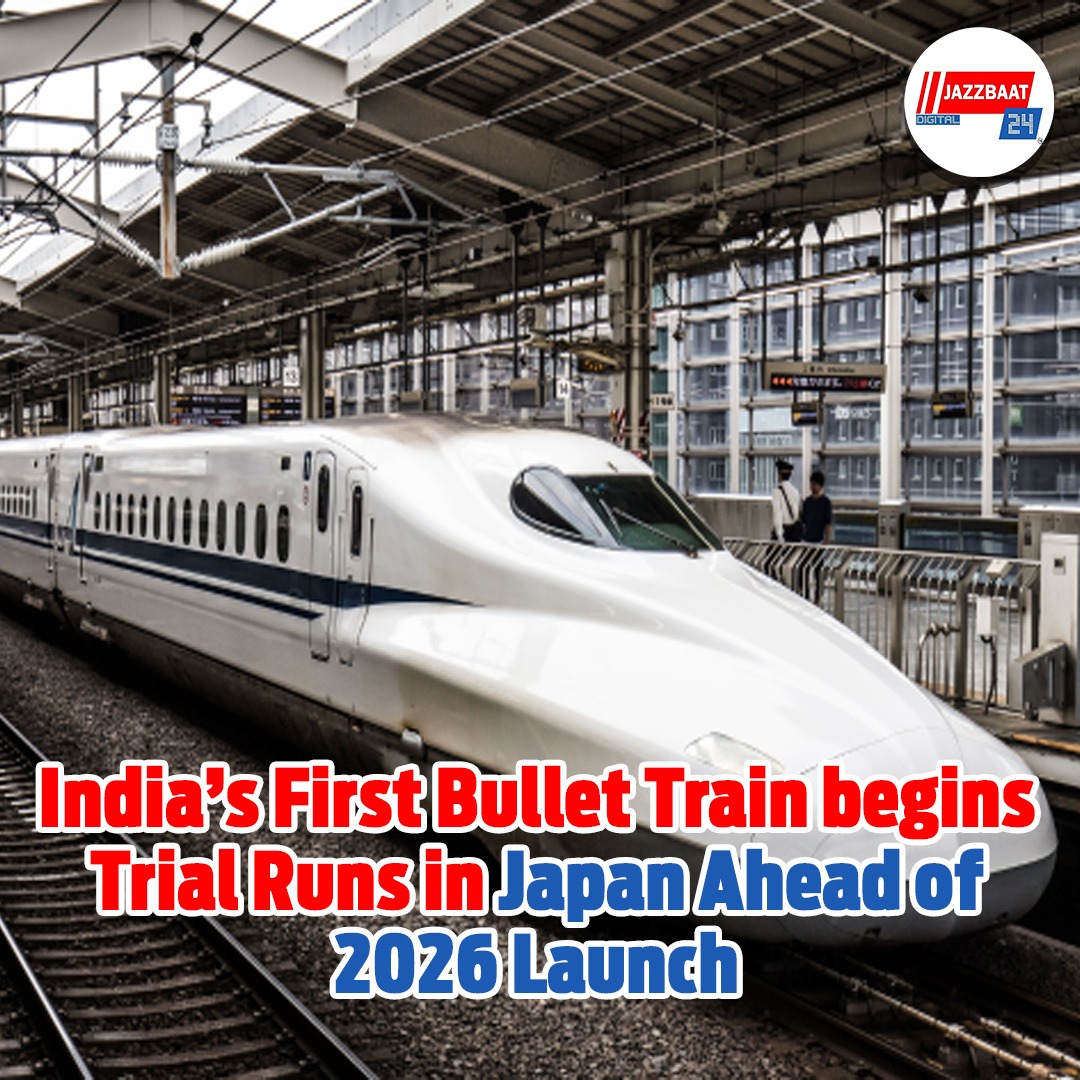
Pratiksha Ghosh
Tokyo, May 30, 2025 — A major milestone has been reached in India’s bullet train journey as Japan begins trial runs of the Shinkansen train model that will operate on India’s first high-speed rail line, connecting Mumbai and Ahmedabad.
The train undergoing testing is from the E3 Shinkansen series, known for its energy-efficient design and passenger-friendly features. These trials are being conducted in Japan to simulate and study conditions similar to those expected in India, such as intense heat and dusty environments. The results will help engineers make necessary adjustments to ensure smooth operation once the train is deployed on Indian soil.
In a significant gesture of cooperation, Japan earlier committed to donating two Shinkansen train sets to India—one E5 and one E3 model—at no cost. These will arrive in India in early 2026, fitted with instruments for testing and data collection. The data they provide will be vital for evaluating track conditions, system compatibility, and maintenance requirements under real-world Indian scenarios.
The Mumbai-Ahmedabad High-Speed Rail Corridor, spanning 508 kilometers, is expected to cut travel time between the two cities to under three hours. Managed by the National High-Speed Rail Corporation Limited (NHSRCL), the project has already completed key civil engineering work, including 300 kilometers of viaduct construction.
Looking ahead, India plans to introduce a new generation of high-speed trains—the E10 series—by the early 2030s. These will be developed with Japanese technical support but are expected to be manufactured in India as part of the government's "Make in India" initiative. The E10 trains are being designed to achieve speeds up to 320 km/h, tailored for Indian terrain and climate.
These developments underscore the deepening technological collaboration between India and Japan. The trials currently underway in Japan are not just a test of equipment—they mark the beginning of a transformative chapter in India’s transportation history.